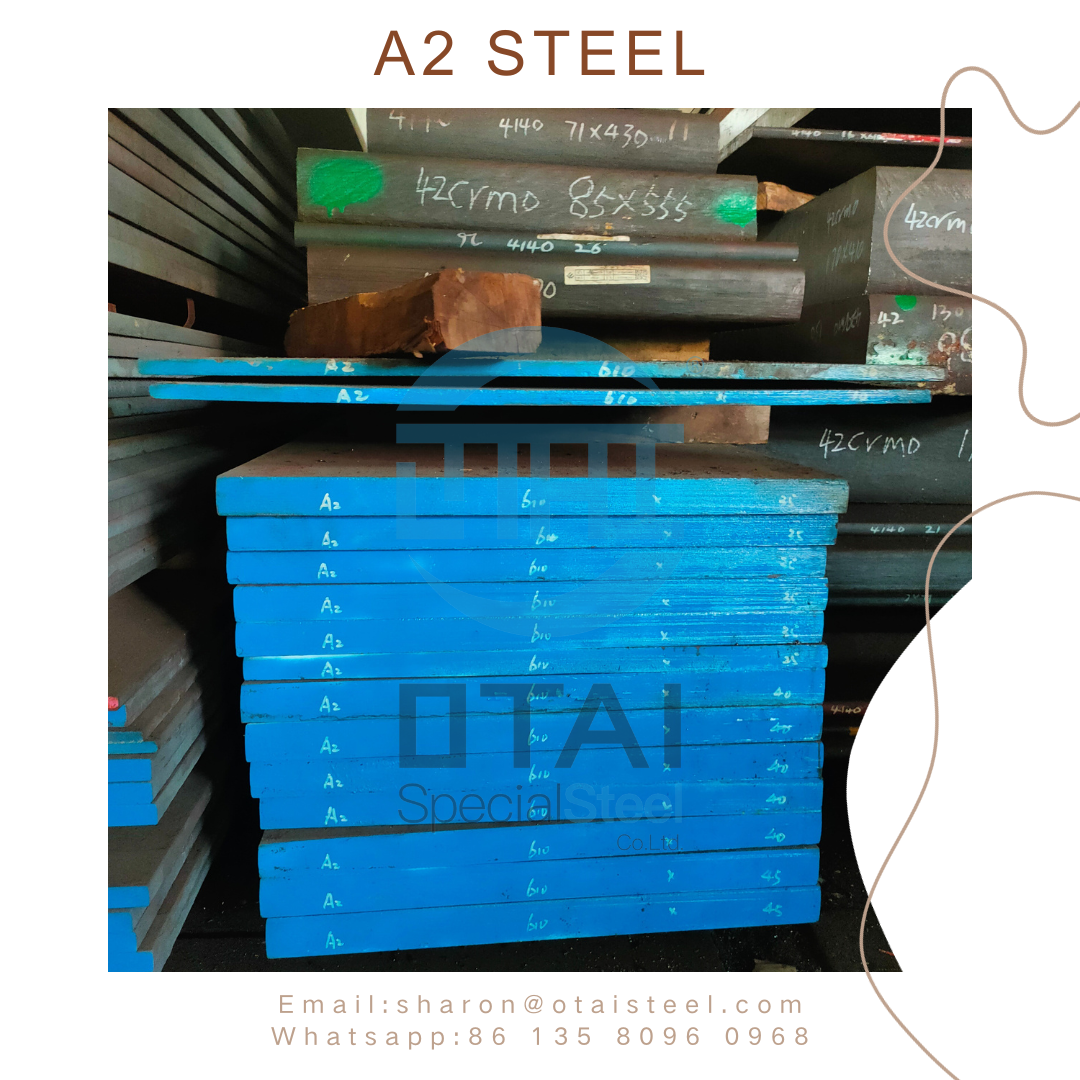A2 steel vs D2
In the realm of high-performance steel materials, A2 steel and D2 steel stand out as exceptional choices, each with its unique characteristics and applications. For individuals and industries seeking precision and reliability in their tools and products, understanding the disparities between A2 and D2 is crucial. In this comprehensive guide, we delve into the intricacies of these two top-tier steels, addressing common questions and providing valuable insights for our global customers.
Introduction to A2 and D2 Steel
A2 Steel: The Versatile Workhorse
A2 steel, classified as an air-hardening tool steel, is renowned for its versatility and exceptional toughness. With a composition rich in chromium, vanadium, and carbon, A2 steel is adept at withstanding wear, making it an ideal choice for cutting tools, dies, and precision instruments. Its ability to retain hardness even at high temperatures sets it apart in applications demanding prolonged usage.
D2 Steel: The High-Carbon Connoisseur
On the other hand, D2 steel is a high-carbon, high-chromium tool steel celebrated for its superior wear resistance and impressive edge retention. The added advantage of D2 lies in its semi-stainless properties, making it resistant to corrosion. Commonly used in manufacturing punches, dies, and industrial knives, D2 is a preferred option for applications requiring prolonged cutting and shearing.
Comparative Analysis: A2 vs D2
Now, let’s explore the key differentiators between A2 and D2 steel:
1. Composition:
- A2 Steel: Predominantly composed of chromium, vanadium, and carbon.
- D2 Steel: High levels of carbon, chromium, vanadium, and molybdenum.
2. Hardness and Toughness:
- A2 Steel: Exceptional toughness, suitable for applications demanding impact resistance.
- D2 Steel: High hardness and superior wear resistance, making it ideal for cutting applications.
3. Corrosion Resistance:
- A2 Steel: Moderate corrosion resistance.
- D2 Steel: Semi-stainless properties, providing better resistance to corrosion.
4. Heat Treatment:
- A2 Steel: Requires careful heat treatment for optimal performance.
- D2 Steel: Relatively easier to heat treat, offering consistent results.
5. Applications:
- A2 Steel: Well-suited for applications requiring toughness and wear resistance, such as blanking dies and forming tools.
- D2 Steel: Preferred in applications demanding high wear resistance, like industrial knives and cutting tools.
Choosing the Right Steel for Your Needs
Making the right choice between A2 and D2 steel depends on the specific requirements of your application. Whether it’s the need for toughness, wear resistance, or corrosion resistance, understanding the nuances of these steels empowers you to make an informed decision.
Conclusion-A2 steel vs D2
In the world of high-quality steel materials, the A2 vs D2 debate continues. Each steel has its own strengths and applications, catering to diverse industrial needs. By comprehending the distinctions outlined in this guide, you are better equipped to make an informed decision based on your specific requirements.
For further inquiries or personalized assistance, feel free to reach out to us at sharon@otaisteel.com or via WhatsApp at +8613580960968. We are here to provide expert guidance tailored to your unique needs.











